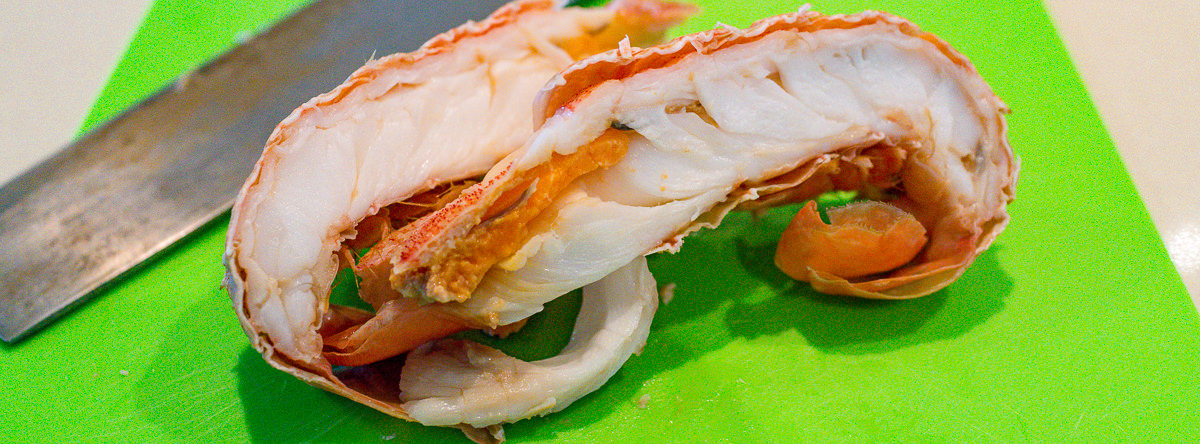If you don’t want to read the introductory words, click here for the recipe.
Introduction
Dear Reader,
I hope you’ve had an enjoyable week. Mine has been good, being back behind my desk after a week away.
Inspiration
A tweet from a couple of weeks ago inspired tonight’s meal.
Michel J has an aversion to gorgonzola[1–4] cheese and, from time to time, will comment on my tweets if I’m enjoying some. He saw the scrambled eggs I made and wondered where the gorgonzola cheese was.
I have been on and off Twitter[5] since about 2010. It’s changed a lot since the early days. COVID-19 saw Twitter become a tool for academics to share pre-peer review findings with other scholars and helped educate people on the biology of SARS-COV-2 and the epidemiology of COVID-19. With the recent change in ownership and management, the platform has also seen a shift in how and what sort of news is shared.
Recipe
Equipment
- Pressure cooker
- Oven
- Frypan
Ingredients
- Gorgonzola
- Pumpkin
- Garlic-infused olive oil.
- Iodised salt
- Freshly ground black peppercorns (with a pestle in a mortar)
- Garlic powder
- Baby spinach
- Pine nuts
- Beetroot
- Beef cheeks
- Barbecue sauce
- French onion soup mix
Instructions
Pumpkin mash
- Toast some pine nuts in a frypan.
- Crumble the gorgonzola into small crumbs.
- Dice the pumpkin, rub it with olive oil, and season it with salt, pepper, and garlic powder.
- Cook the pumpkin in the oven until it’s soft enough to mash with a fork.
- Mash the pumpkin and stir through a bit of olive oil along with the crumbled cheese, spinach leaves, and pine nuts.
Beef cheeks
- Brown the beef in a frypan or an oven.
- Put the beef into the pressure cooker and add the soup mix plus barbecue sauce.
- Cook for one hour and allow the pressure to equilibrate naturally.
- Remove the meat, tease the muscle bundles, and add some more barbecue sauce.
- Put the meat onto a baking sheet and place it under the grill to caramelise the beef and evaporate excess water.
Plating up
- Put some pumpkin mash onto the dinner plate and spread it with a spoon.
- Put some of the meat on the pumpkin mash.
- You can add extra vegetables if you like.
- Give thanks to the Lord.
- Eat with a fork.
Thoughts on the meal
I liked it. I feel full and sated. I have enough beef cheek meat leftover for a few more meals.
What have I been watching?
Succession
Another doctor I work with has been talking about the TV series, Succession, which portrays a family of an ageing media mogul in the worst possible way. The comedy is dark and satirical. The characters are horrible people. The show, though, is compelling. It ran for four seasons, and I’m into the third season.
I started watching season one on the flight home last week. I found it so compelling that I stayed awake watching it last night well after midnight. That says something for someone generally in bed at 8.30 and usually asleep by 9.30. 🤔
If you like dark humour, give it a go.
Colin from Accounts
The other TV series I started watching on the flights to and from the US was Colin from Accounts. The show was created by and stars two Australians who develop a romantic relationship after meeting when a car hits a dog. There is a significant age gap between the two. One of the characters is a final-year medical student, and the other owns and runs a brewery.
I was laughing out loud as I watched it on the flights.
Both these TV series have warnings about using coarse language and some offensive imagery.
Final thoughts
- Do you like gorgonzola? How do you prefer eating it?
- How do you feel about Twitter?
- Have you watched any new shows on TV?
- I hope you have a wonderful week filled with peace and joy and happiness.
Photograph Gallery










References
- Lomonaco, S., et al., Listeria monocytogenes in Gorgonzola: subtypes, diversity and persistence over time. Int J Food Microbiol, 2009. 128(3): p. 516-20.
- Moio, L., P. Piombino, and F. Addeo, Odour-impact compounds of Gorgonzola cheese. J Dairy Res, 2000. 67(2): p. 273-85.
- Panebianco, F., et al., Understanding the Effect of Ozone on Listeria monocytogenes and Resident Microbiota of Gorgonzola Cheese Surface: A Culturomic Approach. Foods, 2022. 11(17).
- Torri, L., et al., Relationship between Sensory Attributes, (Dis) Liking and Volatile Organic Composition of Gorgonzola PDO Cheese. Foods, 2021. 10(11).
- Zheng, B. and G. Beck Dallaghan, A Twitter-facilitated professional learning community: online participation, connectedness, and satisfaction. BMC Med Educ, 2022. 22(1): p. 577.










































